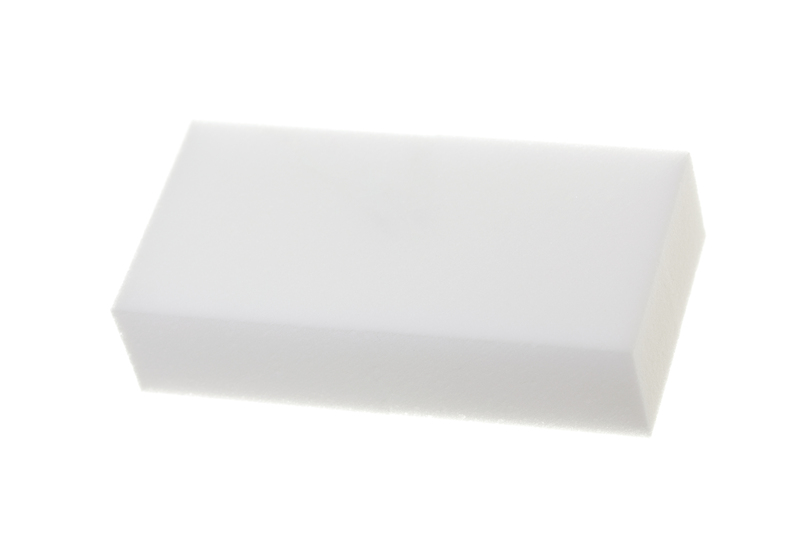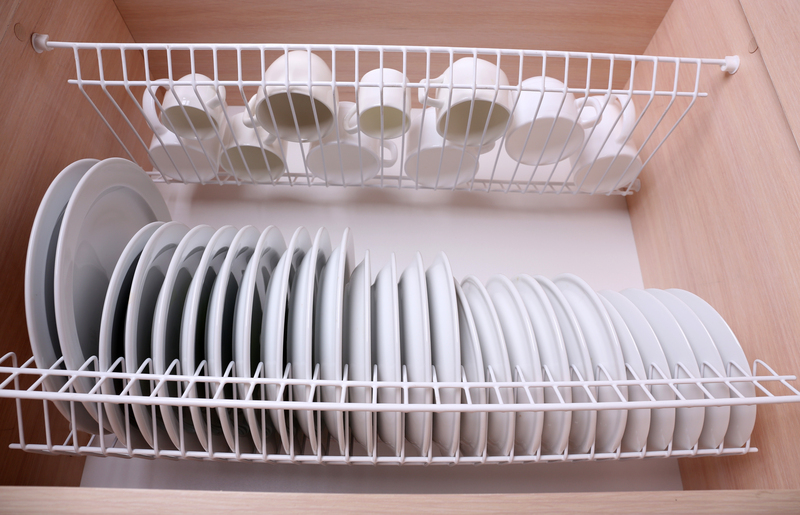Best Practices for Curtain Cleaning
Posted on 25/07/2024
Curtains are essential elements of home decor that offer privacy, light control, and aesthetic appeal. However, they tend to accumulate dust, allergens, and even mold over time. Regular cleaning is crucial to maintain their freshness and appearance. Here, we explore the best practices for curtain cleaning to ensure your curtains stay in top-notch condition.
Know Your Fabric
Understanding the type of fabric your curtains are made of is critical for choosing the right cleaning method. For instance, velvet and silk curtains require delicate handling and special care, while cotton and polyester can withstand more rigorous cleaning methods. Always check the manufacturer's label for specific care instructions.

Routine Dusting and Vacuuming
Dusting and vacuuming your curtains regularly can prevent the buildup of dust and allergens. Utilize a vacuum cleaner with a soft brush attachment to gently remove surface dust. This method is effective for maintaining curtains between deep cleanings.
Spot Cleaning for Stains
Spot cleaning is a great way to tackle stains without having to wash the entire curtain. Use a mild detergent and water to gently blot the stained area. Make sure to test any cleaning solution on a small, inconspicuous area first to ensure it doesn't damage the fabric.
Machine Washing
If your curtains are machine washable, this can be a convenient option. Use a gentle cycle and mild detergent, and avoid overloading the washing machine. Be cautious with spin cycles to prevent wrinkles and fabric damage. It's advisable to remove the curtains from the washing machine promptly to minimize creases.
Hand Washing
For delicate fabrics, hand washing is often the best method. Fill a basin with lukewarm water and add a small amount of mild detergent. Soak the curtains for a few minutes, gently agitating the water to loosen dirt. Rinse thoroughly with clean water and avoid wringing the fabric, as this can cause damage.
Dry Cleaning
Certain fabrics, such as silk and wool, may require professional dry cleaning. The dry cleaning process uses solvents instead of water, which is gentler on delicate materials. Always check the care label and consult with a professional to determine if this is necessary.
Drying Techniques
Proper drying is essential to prevent damage and ensure that your curtains maintain their shape. Air-drying is the preferred method for most fabrics. Hang the curtains on a clothesline or over a shower rod, ensuring they are spread evenly to prevent wrinkles. If you use a dryer, opt for a low-heat setting and remove the curtains while they are still slightly damp to reduce the risk of shrinking.
Ironing and Steaming
Once your curtains are dry, they may require ironing or steaming to remove wrinkles. Always check the specific fabric care guidelines before applying heat. Use a low-heat iron or a fabric steamer, working in small sections to avoid scorching the material.
Regular Maintenance
To keep your curtains looking their best, integrate regular maintenance into your cleaning routine. This includes monthly dusting, semi-annual deep cleanings, and immediate stain treatment. Regular maintenance helps extend the life of your curtains and ensures they remain an attractive element of your home decor.
Tips for Specific Curtain Types
Each curtain type requires unique care. For instance, sheer curtains are best cleaned in cool water with mild detergent, while blackout curtains often have specialized coatings that require careful handling. Always refer to specific care labels and manufacturer guidelines to avoid damage.
Pros and Cons of Curtain Cleaning Methods
Machine Washing Pros:
- Convenient and time-saving
- Effective for most fabric types
- Easily accessible and affordable
Machine Washing Cons:
- Risk of shrinking and fabric damage
- Not suitable for delicate fabrics
- Potential for color fading
Hand Washing Pros:
- Gentle on delicate fabrics
- Less risk of damage and shrinking
- Effective for spot cleaning
Hand Washing Cons:
- Time-consuming
- Requires more effort
Dry Cleaning Pros:
- Professional and thorough cleaning
- Best for delicate and specialty fabrics
- Minimal risk of damage
Dry Cleaning Cons:
- More expensive
- May involve strong chemicals
- Not always convenient

Takeaways
Knowing the best practices for curtain cleaning is crucial to maintain their aesthetic appeal and longevity. By understanding your fabric type, incorporating regular maintenance, and choosing the appropriate cleaning method, you can keep your curtains looking fresh and clean with minimal effort.
Conclusion
Curtain cleaning doesn't have to be a daunting task. By following best practices such as routine dusting, proper spot cleaning, and choosing the right washing techniques, you can ensure your curtains remain in excellent condition. Whether you prefer machine washing, hand washing, or dry cleaning, each method has its pros and cons that need to be considered. Regular maintenance, combined with these best practices, will keep your curtains not just clean, but also enhance the overall atmosphere of your home.

 Company name:
Company name:  Telephone:
Telephone:  Opening Hours:
Opening Hours:  Street address:
Street address:  City:
City:  E-mail:
E-mail:  Web:
Web:  Description:
Description: 







